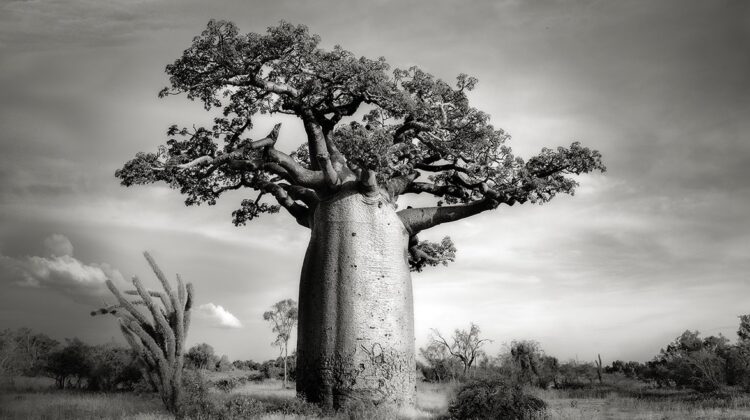
Trees have the ability to withstand the test of time. A bristlecone pine, which is 5,062 years old, is the world’s oldest tree. Climate change, on the other hand, is endangering the world’s ancient trees and inflicting havoc on some people. Since 2006, Beth Moon, a California-based photographer, has been photographing ancient trees all over the world. Her breathtaking black-and-white photographs of Madagascar’s old baobab trees, Senegal’s baobab trees, and South Africa’s baobab trees are a tribute to the endangered giants.
Baobab trees on the African continent have been known to live for over 1,500 years, with one being reported to be over 2,500 years old. The trees provide fruit and provide communities with useful bark material (which regenerates). They’re known for being “upside down,” with a tangle of branches and roots. The trunks are extremely large, reaching up to 46 feet in diameter.
For almost a decade, Moon has been photographing trees like the baobab. She travels the world looking for ancient trees to photograph as a way to get outside with her camera. Her previous series, Ancient Trees and Island of the Dragon’s Blood, cover species such as sequoias and yews, and are only a few samples of her work.
Moon received some surprising news in 2018. Tsitakakoike, a 1,400-year-old baobab, has collapsed in on itself. The tree, like other members of its species, has been suffering from drought and the effects of climate change. Their extensive root network is unable to maintain their weight on the dry ground. Losing an ancient tree is a tragedy for the community, and it was especially painful for Moon.
Moon tells My Modern Met, “The first baobabs I photographed were in Madagascar in 2006.” “It’s difficult not to be enchanted by these incredibly unusual, massive trees. I photographed baobabs in Botswana and South Africa during the next two years. These images were taken as part of the Portraits of Time series’ tree portraits. I began to notice alarming global news in 2018… When a scientist I’d been in contact with informed me that the world’s largest sacred baobab was dying, I decided to return to Madagascar.
Nine of the 13 oldest and five of the six largest baobabs have died in the last 12 years. This calamitous collapse is not only unexpected, but statistically exceedingly unlikely. I decided to make Africa the focus of future work after making repeated travels there.”
It was difficult to photograph the ancient beings. “Photographing these trees was particularly difficult, owing to their sheer size,” Moon says. “The vistas are simply too expansive to be represented in a single exposure.” Multiple pictures were obtained, often overlapping, and then pieced together. Obstacles awaited me on my way to the tree. I was compelled to take alternate paths into the forest due to weather circumstances, but this led to the discovery of trees I hadn’t seen before.”
Photographer Beth Moon has toured the world to capture ancient trees, such as Africa’s baobab trees.
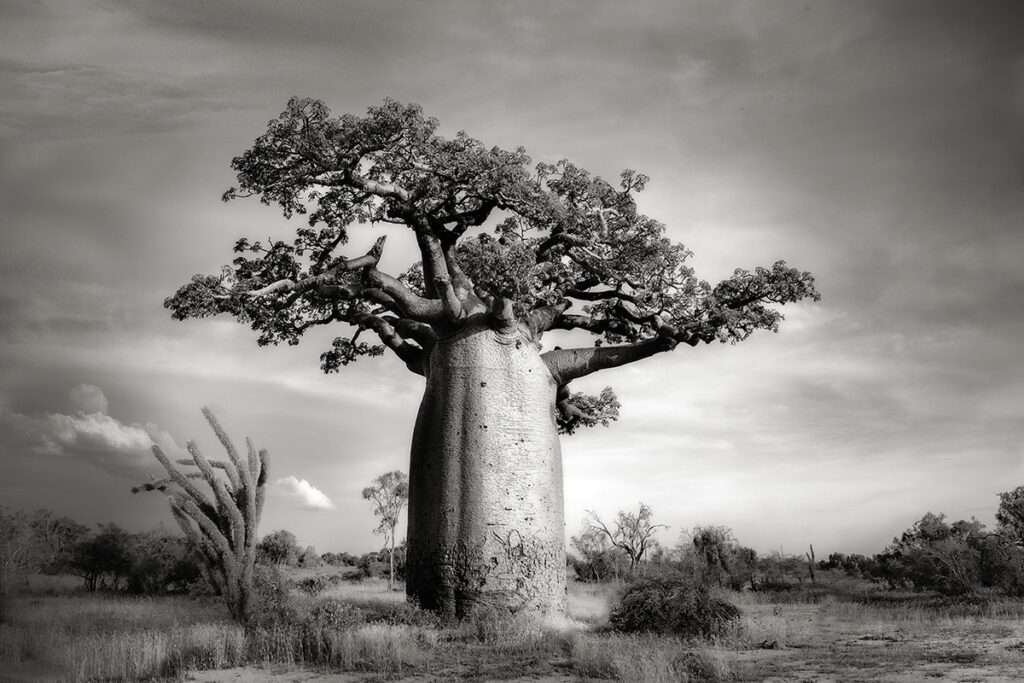
The trees can live well over 1,500 years old.

Their trunks can be 45 feet in diameter.
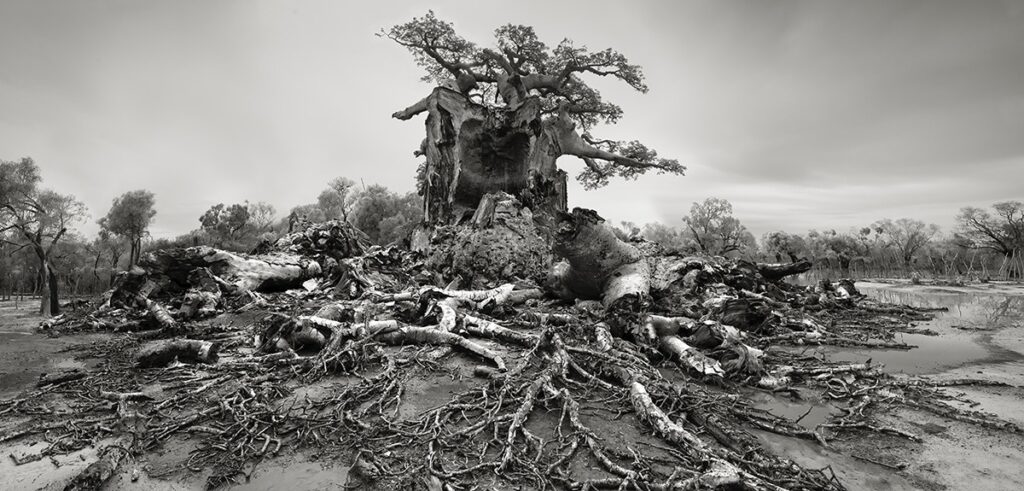
Climate change is endangering the ancient trees through drought.
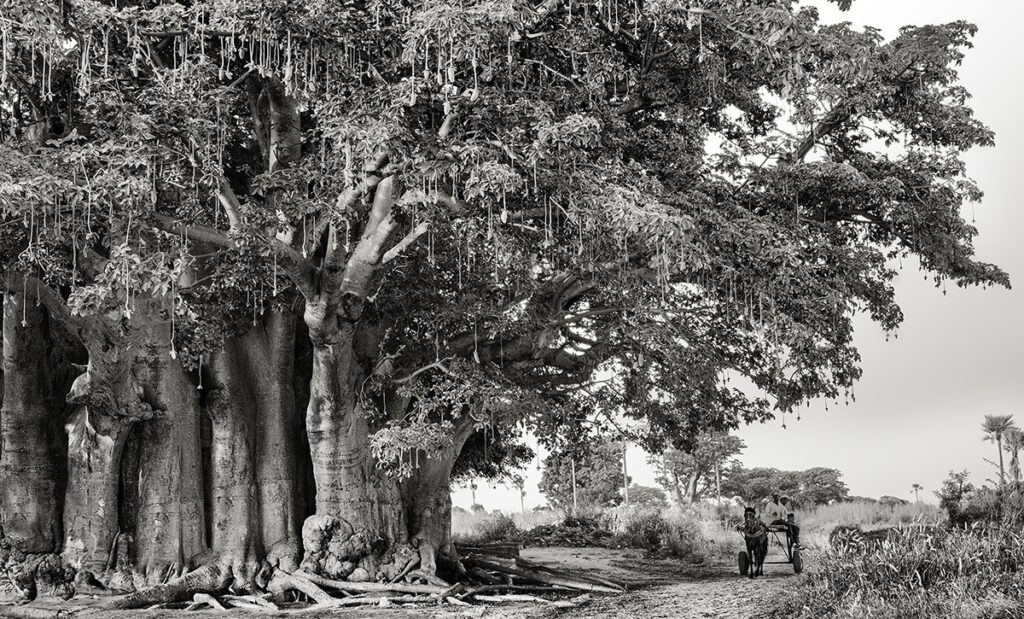
Moon’s stunning images capture the beauty—and fragility—of the species.


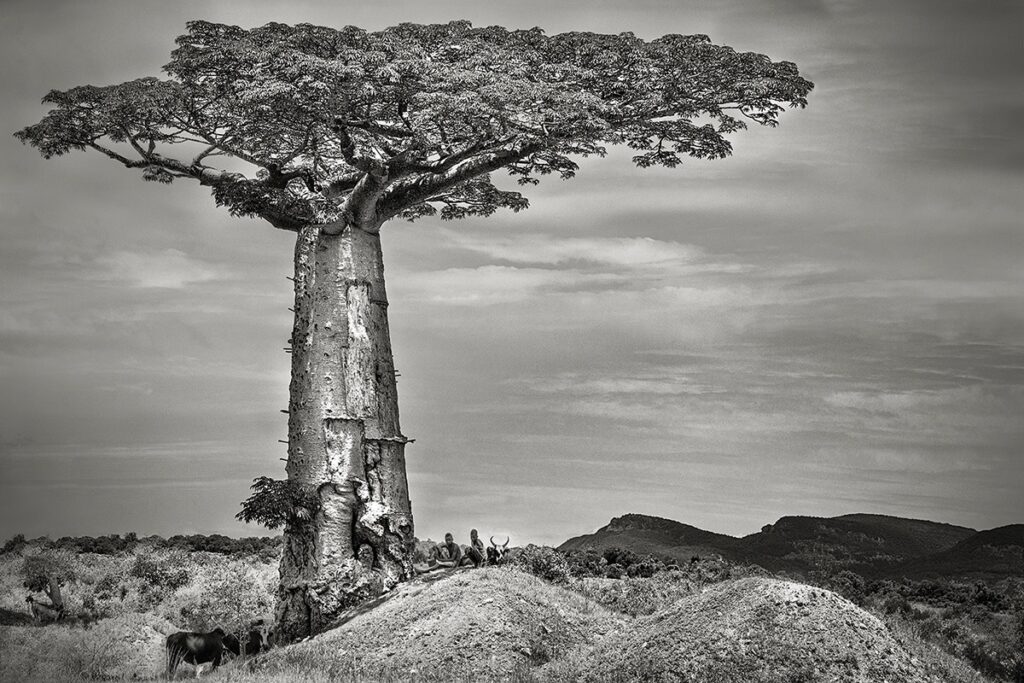
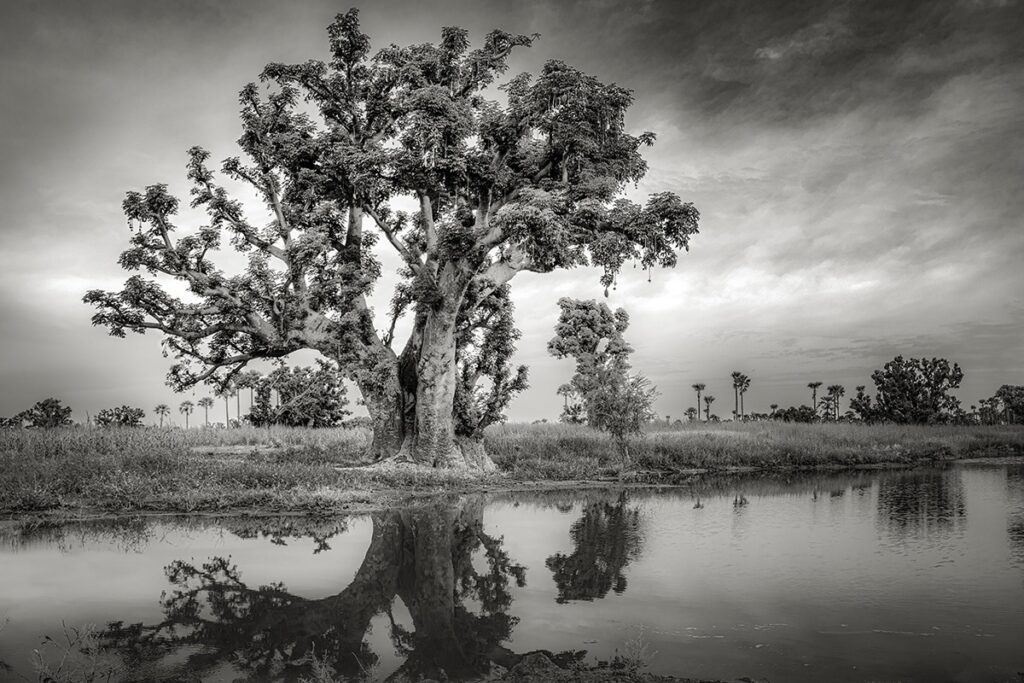

Beth Moon: Website | Instagram
